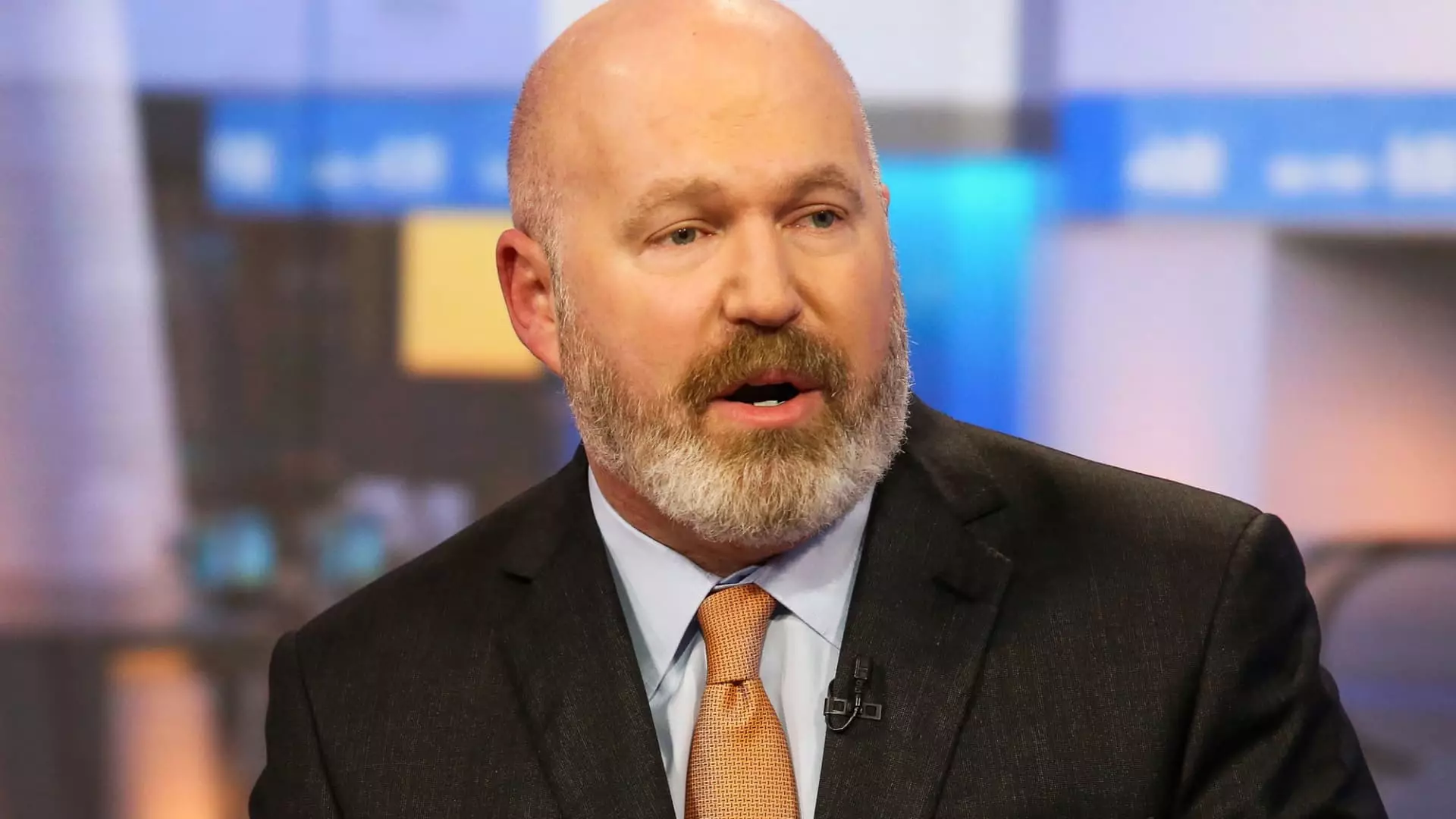In the first half of 2025, AQR Capital Management’s impressive returns seem to suggest a resilient financial landscape, but this narrative masks the underlying fragility of the current market. The firm’s hedge funds, especially those employing quant-driven strategies, have managed to outperform the S&P 500 remarkably — a feat that might be more indicative of aggressive speculation than genuine economic growth. While bipartisan discourse often champions hedge funds as engines of market efficiency and stability, their recent successes may be more a reflection of exploiting volatility rather than signaling a healthy, sustainable economy.
The so-called “doubling” of the S&P 500’s returns by AQR’s hedge funds, including the Apex and Delphi strategies, should be critically examined. These funds thrived in turbulent waters, capitalizing on swings and mispricings that are increasingly driven by geopolitical uncertainty and trade tensions. While impressive on paper, their gains raise questions about whether these strategies are genuinely adding value or simply riding the wave of chaos. Such profitability, in a climate of escalating conflict and economic unpredictability, may be less a sign of solid fundamentals than a testament to the risk-taking willingness that prophets of free-market liberalism often overlook.
Market Resurgence or False Hope?
Despite ongoing global tensions—from a brewing trade war to Middle Eastern escalations—the market’s rally appears almost surreal. The S&P 500’s bounce-back from a near 20% decline in April, culminating in new record highs, may inspire investor confidence but also serves as a stark reminder of market volatility’s transient nature. This rebound could be short-lived; it’s a precarious optimism rooted in speculation rather than substantive economic progress. The narrative pushed by market strategists and funds like AQR tends to ignore the storm clouds looming ahead, favoring instead the allure of quick gains.
The returns posted by AQR’s alternative strategies—such as the Helix trend-following fund—are impressive, but they’re also emblematic of a financial system increasingly driven by algorithmic trades and short-term tactics. Such strategies thrive in volatile environments, exploiting transient mispricings that might vanish as quickly as they appear, leaving retail investors and the broader economy exposed to dangerous swings. This reliance on momentum and trend-following approaches fosters a false sense of security amidst chaos, steering markets away from the genuine stability grounded in productive economic fundamentals.
The Mythos of Quant-Driven Wisdom
Cliff Asness and his firm’s dominance in the hedge fund industry exemplify the allure and limitations of quantitative investing. Founded on the principles of value and momentum, AQR’s approach has undoubtedly yielded success. Yet, the glorification of algorithmic and multistrategy funds often glosses over their susceptibility to systemic risks and the potential for catastrophic design flaws. As market complexity deepens, the assumption that models can predict and profit from chaos becomes increasingly dubious.
This blend of sophisticated mathematics and high-stakes speculative tactics risks creating a market environment too dependent on stable trends that may not materialize in the long run. The focus on short-term gains, often backed by aggressive leverage, implies a fragility that the mainstream liberal narrative tends to ignore. Instead of fostering resilience through diversified, sustainable growth, these strategies encourage a fragile edifice built on the shifting sands of volatility, leaving the broader economy vulnerable to sudden downturns.
The Cultural Implication of Financial Glitz
AQR’s rising assets under management, surging from $99 billion to $142 billion in less than a year, reflect a broader shift in financial culture—from cautious investing to high-octane speculation. While such growth signifies investor confidence, it also underscores an increasing bias toward quick profits over long-term stability. This environment incentivizes risk appetite at the expense of prudent oversight and societal well-being.
In a political context, this scenario exposes the shortcomings of a neoliberal model that leans heavily on deregulation and tech-driven innovation, often at the cost of financial stability. The surge of quantitative hedge funds may be less about creating wealth through productive enterprise and more about extracting rent from market unpredictability. If unchecked, this approach could deepen economic inequalities and prompt more frequent market shocks, diminishing the social trust necessary for a resilient liberal economy.
In sum, the shiny veneer of hedge fund success in 2025 conceals a fragile reality: markets increasingly rely on speculation, models, and risk-taking that may not withstand the next crisis. The celebration of these gains ignores the systemic vulnerabilities they expose, raising profound questions about the true health and stability of our economic order.

